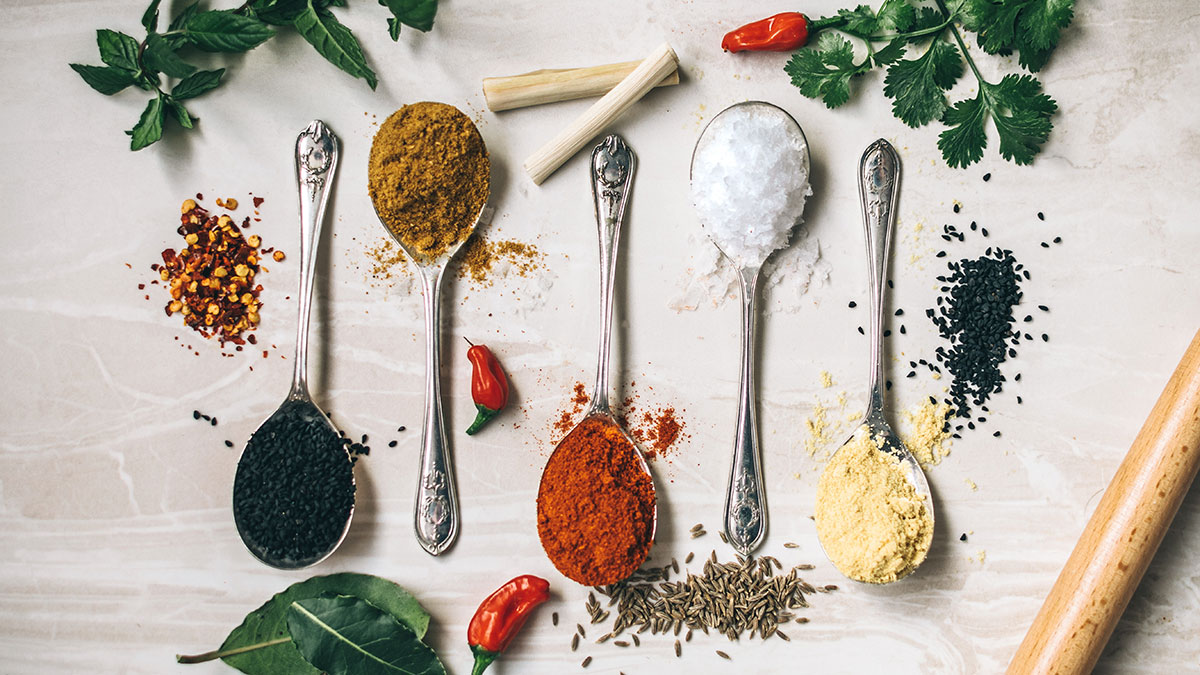Cooking Up Clear Communication: The Perfect Recipe For Paragraph Structure

Cooking Up Clear Communication: The Perfect Recipe For Paragraph Structure
It might surprise you, but structuring a paragraph is very similar to cooking a meal. Don’t believe us? Read on to uncover the key ingredients of paragraph structure and explore the similarities between these two processes.
Why paragraph structure matters
Imagine writing is like building with blocks; each block is a paragraph, and how you arrange them is important. When you make your paragraphs neat and organised, your writing becomes easier to read and understand.
Just as a recipe needs the correct ingredients to make your dish taste delicious, a paragraph needs the right elements to capture the reader’s attention and keep them engaged.
The key ingredients of paragraph structure
Topic sentence: The big idea
Think of the topic sentence as the star ingredient of your paragraph, this sentence tells everyone what your paragraph is all about. Aim to keep it short, clear and concise.
Supporting sentences: Adding flavour
Supporting sentences are like the elements and spices that make your dish tasty. They provide the evidence and details to support your main idea. You can use facts, examples or even ideas from experts to back up your main point.
Transition words: Bringing everything together
Transition words are the binding ingredients that combine all the elements to make sure it flows smoothly. They connect your sentences together to improve the flow of your article, making it easier to read and understand. Use words like “First”, “in addition”, “however”, “therefore” and “on the other hand” to guide your reader through the paragraph.
Paragraph structure: A step-by-step guide
Are you ready to learn how to structure a paragraph? Just like following a recipe, here’s our step-by-step guide on how to write an engaging paragraph.
- Understand the main point: Figure out the most important thing you want to say in your paragraph, like how you would choose the main ingredient in a dish.
- Develop your evidence: Now you have your main point, you can start to collect evidence, facts and research that support the point you’re trying to make.
- Organise your points: Decide how you want to present your evidence. You can either start strong or opt for a gradual build-up – whatever makes your paragraph flow best.
- Write your paragraph: Now it’s time to start writing! Pull together your topic sentence, supporting sentences and include transition words to construct your paragraph. Try using different sentence structures to keep your paragraph engaging to read.
- Conclude your paragraph: Finish your paragraph with a concluding sentence that sums up your main point.
- Proofread your work: Don’t forget to proofread your work. This helps you catch any spelling, grammar or punctuation errors.
To give you an idea of these principles in action, here is an example of a well-constructed paragraph:
“Gardening is my favourite way to relax and connect with nature. The act of planting seeds and watching them grow is incredibly rewarding. Plus, studies show that spending time outside can reduce stress levels and increase happiness. Gardening isn’t just a hobby for me – it’s a way of finding peace and connecting with the beauty of the earth.”
Ready to improve your English language skills?
Just as a skilled chef masters a recipe, you can improve your English language skills with British Council English Online. This platform is designed to support you by customising your courses to suit your needs, so you can learn at your own pace.
With guidance from highly qualified teachers, you can refine your English speaking, writing, vocabulary and punctuation skills in group classes or private 1-1 sessions available 24/7.
You’re in charge of your learning journey, explore our courses and start mastering English today.




